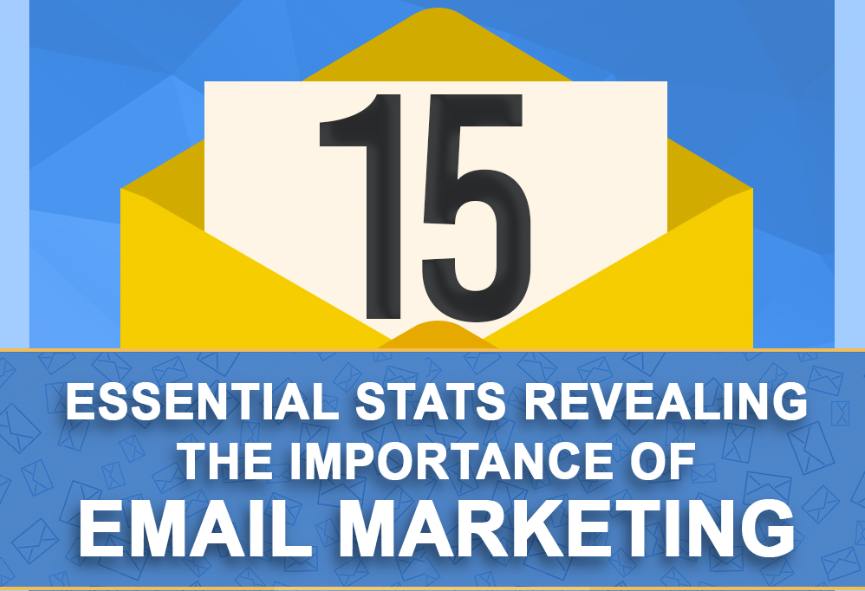A healthy contact database is the need of the hour. Without an accurate database, an organization could not reach its target. The right collection of the data streamlines the marketing approach and makes the task easier for teams to contact the right prospect and convert them into customers.
An unhealthy database is a toxic element in the process of an organization. As a marketer, list out all the necessary features, the process required to build an optimized database. The below infographic helps you in this approach and reach the pinnacle of success at the right time:

Table of Contents
What is a Healthy Contact Database?
- It is the database that helps to reach to the potential customer at the right time
- It is the database helping you to increase business revenue
The Cost of Having Bad Data in the Database:
- It would cost you $11 for each bad data in CRM
- Bad data directly impacts 80% of businesses.
- 82% of sales executives face a challenge in reaching to prospects
- 2/3rd of them waste time in non-selling activities
Why do Businesses Fail?
- 77% of companies lost revenue due to the bad data
- Organizations lose around $13.3 million yearly due to poor data
What is Data Hygiene?
- Data hygiene is the process of improving the database.
- It helps to detect the errors and rectify it efficiently
- Companies focusing on data quality witnessed a revenue increase of 15% to 20%.
Benefits of a Strong Database
- A strong database can help to generate 65% more revenue
- Reduces the challenge of 51% of respondents, from unqualified lead
- Removes the hurdle of 59% of respondents to engage prospects.
- Removes the challenge of 33% of respondents in finding qualified names.
Steps to Maintain a Healthy Contact Database
- Checking contact information
- Updating the contact details
- Having recent communication with clients
Process for a Healthy Database
- Data input
- Data hygiene
- Data providers
- Data sources
Check whether your database has the following information:
- First name, last name
- Phone number
- Street address
- Email address
- City
- State
- Zipcode
Additional fields to be included:
- Type of contact
- Crucial dates you spoke to the client
- Social media accounts
- Recent conversations list
Should you Contact the Data Provider?
Yes, you should
Working with a data provider could boost the sales
The sales could increase- By 20-40%
Questions to be asked to Data Provider:
- Their data sourcing methods
- How it would resolve the business challenges
- Their interval time to refresh data
- Can they track intent behavior of the buyer
- How quickly the solution can be implemented in the process
- Can the data be integrated into the existing CRM
Conclusion:
A healthy database is necessary for every organization so that they could connect to the right prospect to convert into a customer. As data is considered the revenue generator in every organization, one should update it regularly.




